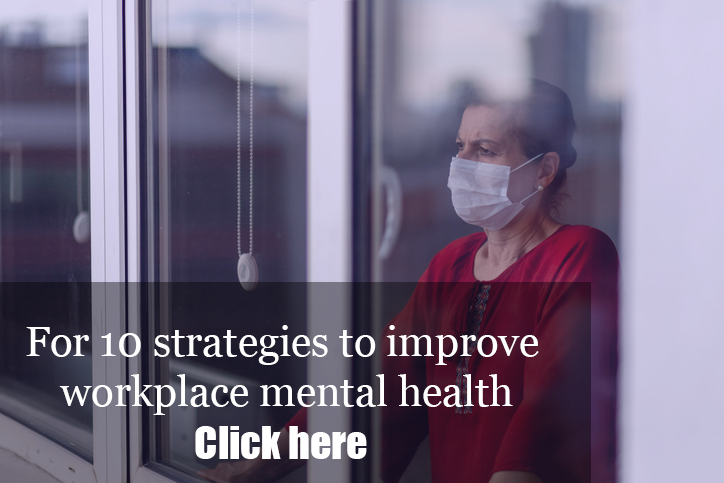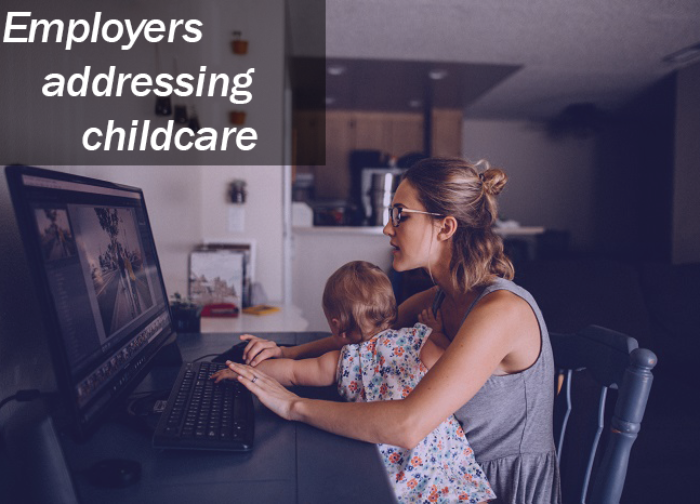One of the most significant years in our history is behind us. But despite the calendar change, COVID-19 and its associated effects are still the main topic in HR departments around the country, affecting every component of the workplace.
The pandemic has undoubtedly reshaped the benefits industry in 2020, teaching us important lessons along the way. But what’s ahead for the coming year? Considering the many employee challenges the pandemic helped to expose, as well as the rollout of COVID-19 vaccines, plenty. Here are seven of the biggest health and benefit trends I expect to define the year ahead.
COVID-19 vaccine support will be paramount. With COVID-19 vaccines now approved and starting to be rolled out, the employer’s role in encouraging the vaccine to employees–and helping to distribute it–will be perhaps the most significant task of the year. It’s a big job: Although vaccination is essentially the only way for companies to safely reopen, skepticism and hesitation surround the new vaccines coming out from Pfizer, Moderna and other makers. Recent surveys show as few as half of Americans are determined to be vaccinated against COVID-19. The polarization means that employers–viewed as allies in getting scores of Americans to get the shots–have significant work to do to convince employees to get vaccinated. But it’s a task that couldn’t be more important. As vaccines are made available, employers must examine what steps they will take to convince employees to get vaccinated and decide if they will require employees to get it.
Related: HR’s next big job: Convincing employees to get COVID vaccines
 Mental health will get worse–and it will become a bigger focus for employers. Depression, burnout, stress and anxiety rates have all soared as a result of the pandemic and its associated problems. And the trend will continue through the year. Employers are finally starting to pay more attention to prioritizing mental health, primarily because they have to, but significantly more work needs to be done in the coming year. Without help or resources–and employer understanding and compassion–issues will only increase or worsen as the pandemic enters its second year. I’ve said this before, but I’ll say it again: Mental health is on track to become its own pandemic in the years to come–and employers need to work fast to get ahead of it.
Mental health will get worse–and it will become a bigger focus for employers. Depression, burnout, stress and anxiety rates have all soared as a result of the pandemic and its associated problems. And the trend will continue through the year. Employers are finally starting to pay more attention to prioritizing mental health, primarily because they have to, but significantly more work needs to be done in the coming year. Without help or resources–and employer understanding and compassion–issues will only increase or worsen as the pandemic enters its second year. I’ve said this before, but I’ll say it again: Mental health is on track to become its own pandemic in the years to come–and employers need to work fast to get ahead of it.
Related: Is COVID-19 a turning point for workplace mental health?
There will be an increased interest in emergency savings accounts. We’ve heard the staggering statistics time and time again: The majority of workers live paycheck to paycheck, and some 40% of U.S. households say they would struggle to cover a $400 emergency expense. The pandemic, which has resulted in job loss, reduced income, unforeseen expenses and a volatile stock market, is only exacerbating financial insecurity for many employees. With emergency savings representing the first line of defense for households experiencing financial surprises or difficulties, expect many more employers to offer payroll-deduction emergency savings accounts for their employees to help with this very real and important issue.
Remote work and flexibility will continue. COVID-19, of course, has created a massive shift in where, when and how work gets done. Scores of employees were sent home early in 2020, where they’ve remained for the better part of a year. Generally, research and anecdotal evidence have proven the success of remote work, while employees have been pleased with having the option of working from home. While remote work and flexible schedules will undoubtedly continue as COVID persists in 2021, we also will see the model continue in a post-pandemic world. Because of that shift, we’ll also see new benefits and perks related to remote workers. With on-site gyms, free lunches and snacks at the office out, what will take their place? Stipends for work-from-home set-ups, technology and other perks to engage remote employees will likely come into play in the coming year.
Related: I’m a remote worker. Here’s what I want HR leaders to know.
There will be an ongoing focus on caregiving support. The past year has served as a reminder that employees’ lives don’t just revolve around work. With children and pets crashing our Zoom calls, and other responsibilities–including eldercare and childcare–on many workers’ minds, it’s evident that employees have other priorities that distract us from work. Those responsibilities have been increased by the pandemic, with schools, daycare and eldercare facilities closed, leaving many employees scrambling. Several employers have zeroed in on–and enhanced–caregiving benefit offerings as a result of the pandemic, realizing that distracted and stressed employees will not be the most productive ones. Expect a focus on caregiving to continue as employees remain vulnerable to the associated challenges of the pandemic.
New, tailored benefits will come into play. New COVID-related benefits–think mental health days, emergency leave, virtual summer camps for kids and free employee COVID testing–as well as Election Day perks and Juneteenth as a paid company holiday all came into play in 2020. That’s a lot of innovation in one year. I expect significantly more employers to jump on board in the coming year. We’ll see more companies offering Juneteenth as a company holiday, we’ll see more Election Day benefits (such as a paid holiday or time off to volunteer at the polls) and we’ll certainly see more COVID-related benefits. What will be even more impressive to see, though, is companies beginning to tailor new offerings and perks specific to their workforce and their employees’ pain points.
We’ll see increased later stages of disease and cancer. Among its many casualties, COVID-19 has caused one huge–and a too-little-discussed–problem: Employees have delayed or ignored regular care, avoiding doctor appointments, routine exams and cancer screenings. As a result, in the next couple of years we’ll see significant rates of late-diagnosed cancers and diseases with much poorer outcomes. This is a vital issue employers need to target by encouraging employees to partake in screenings and care, even during COVID times. We’ve already lost too much time on this, and we can’t afford to lose any more.



